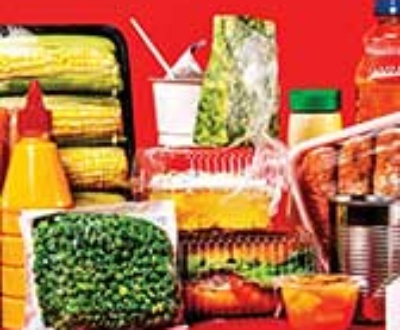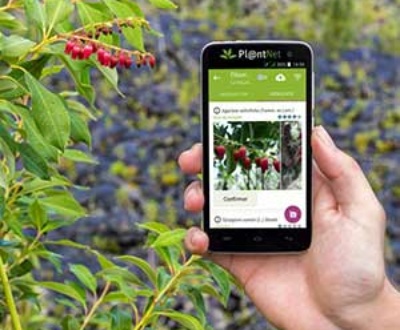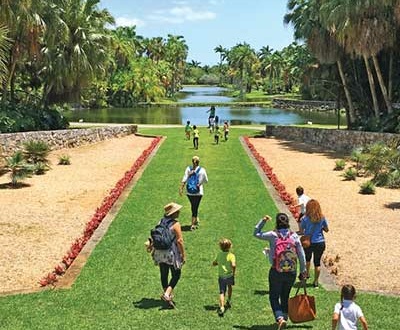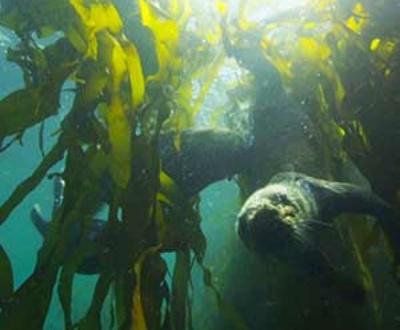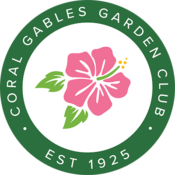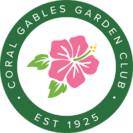You know I am convinced that a lot of the answer to global warming is education.
I was at my dentists today and he said to me, “Are you the lady who does that column?”
I said yes and we started to talk about green things. I said to him that, “The Journal of Conservation Biology estimates that 40% of all insects have disappeared.” He said, “Is that really true?” And then we started to talk about what a “no no” pesticides are.
Now I am not naïve. I know there are a lot of big money interests who find the current situation very profitable and they sure spend a lot of money trying to keep things just like they are. But, maybe I AM naïve because I believe that if enough of us ordinary people start to care about it—things can change.
One thing I do absolutely know for sure is that more money needs to be directed to environmental projects. More money needs to be supplied for current needs as well. Honestly, does anyone think it is a bright idea for the National Weather Service to be cutting back on weather balloon launches at a time when the weather is getting crazier and crazier???? The cutbacks are because of shortages of hydrogen and helium the Weather Service says. But as Sandra Yuter, a professor at North Carolina State University, says, “The gas shortages are a solvable problem. If you consider something important then you solve the problem.” (New York Times 4/5/22)
Ecological Oasis or Food Desert?
More encouraging stuff—a cooking magazine I get has an article called “Go Wild—A Growing Movement to Ditch Your Lawn In Favor of Native Plants”. This in a cooking magazine!! It’s no secret that Americans love lawns. But to keep all that greenery looking neat we collectively spend about $105 billion a year landscaping, cutting it, feeding it, weeding it. The problem is that grass, although it looks nice, it fails to support much diversity of life, in fact its pretty much a food desert. Lawns also take A LOT of water, nearly half the water used in the average household goes on the lawn and then there are all those chemicals.
As Dr. Doug Tallamy explains, the problem is the picky diets of plant eating insects. Roughly 90% of these bugs will only eat and reproduce on certain native plant species, specifically those that they share an evolutionary history with. And because the bugs themselves are a key food source for birds, rodents, amphibians and others—that dependence on natives and their lack—works it’s way up the food chain.
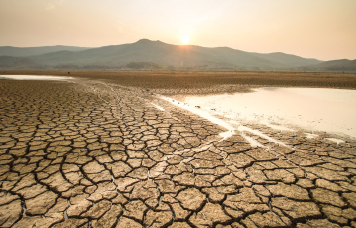 The truth is that since mankind now occupies 2/3 of the planet as opposed to 1/3 humans and 2/3 wilderness in 1936, what you do with your property now affects everyone!!
The truth is that since mankind now occupies 2/3 of the planet as opposed to 1/3 humans and 2/3 wilderness in 1936, what you do with your property now affects everyone!!
“We have two crises on this planet,” Tallamy says. “One is climate change and one is biodiversity loss. If we didn’t have climate change we would still have a biodiversity crisis, because we are not sharing our spaces with the world that supports us.” (Washington Post 4/9/22)
This is where Dr. Tallamy’s Homegrown National Parks idea comes from. He’s saying that public parks don’t have enough land to make up for the loss of wilderness, we need to help out by planting these necessary plants in our yards! “Insects, particularly caterpillars, are the primary means by which energy is transferred from plants to other animals”, Tallamy says. “And we kill insects every chance we get.”
How About Being Part of the Solution Instead Of Part of the Problem
How about reducing the grass and adding these native plants that are essential for the insects that make up a big block in the planet’s food chain? We humans depend on these essential pollinators for the plants that sustain human life. We need to plant in our yards the plants that are essential for pollinators to breed and multiply!!!
Luckily there are tons of resources to get going! You can go to fnps.org which is the Florida Native Plant Society website. Hit the drop down bar labeled Native Plants and up comes: Native Landscape Plants for Your Area / Gardening with Native Plants and Native Plant Communities. The University of Florida Extension Service has a location in Homestead, a great website here. Their Florida-friendly Yards Program is a great “how to” for you to transform your yard. They also have a hard copy called the Florida Friendly Yards and Neighborhood Handbook. And this is just the tip of the iceberg, there is floridawildflowers.com where you can order the pamphlet “20 Easy to Grow Wild Flowers” and more!!!! Just dive right in.
About the Author
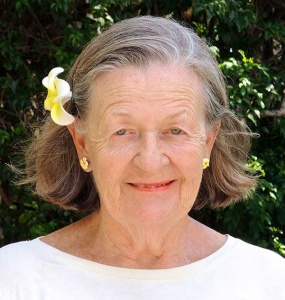
Linda Lawrence Waldron currently writes the Green Gables column in Gables Living Magazine. Linda was Chairman of the Garden Club's Coral Gables Library Butterfly Garden Committee.
Sign up here for email notifications about new Green Gables articles!
More from our blogs
See all postsRecent Posts
- April 2023 April 1, 2024
- Good News on Environmental Plastics February 1, 2024
- Material World / Plant World January 1, 2024
Leave a Comment cancel
This site uses Akismet to reduce spam. Learn how your comment data is processed.



